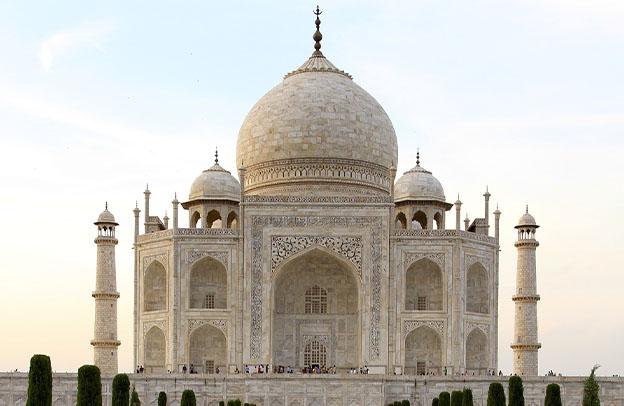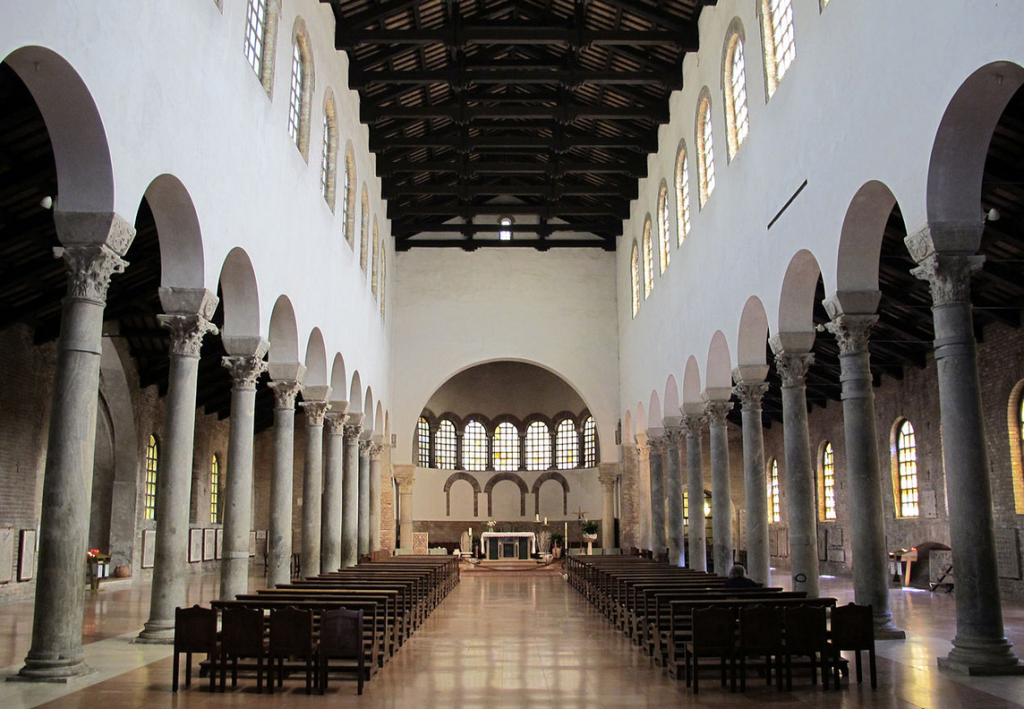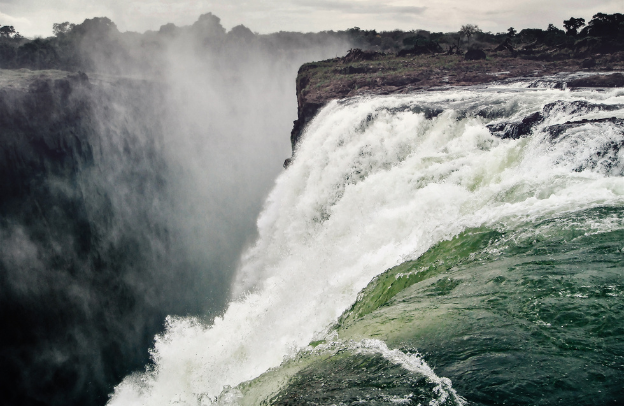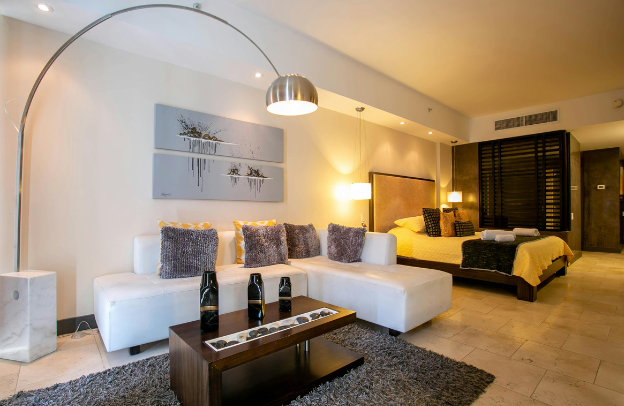10 Top Places to Visit in Ravenna, Italy

Are you looking for the best places to visit in Ravenna, Italy? You are in the right place. Ravenna, located on Italy’s eastern coast between San Marino and Bologna, is the capital of the province of Ravenna and one of the main cities in the Emilia-Romagna region. Get our free Travel Checklist

Ravenna has been an immensely significant city in many different empires throughout history, including the capital of the Western Roman Empire and the capital of the Kingdom of the Ostrogoths.
It is unlike any other city in Italy, and the splendor of its mosaics will leave you breathless.
A staggering number of magnificent mosaics have survived, the majority of which are housed in seven structures that, combined with the Tomb of Theodoric, comprise a UNESCO World Heritage Site.
The greatest danger is getting overwhelmed by the sheer scale of the mosaics, to the point that you just cannot absorb any more by the time you reach the last attractions.
As a result, splitting your visit over two days is an excellent option, especially if you are visiting for the first time.
No matter how you perceive Ravenna, you’ll agree that it’s one of the most distinctive sites to visit in Italy.
Visit the Neonian Baptistery – Ravenna’s oldest ancient edifice
The Baptistery of Neon, Ravenna’s oldest ancient edifice, is an immensely important religious institution that was built on the site of a Roman Bath complex.
The baptistery, which is located adjacent to the Cappella di San Andrea, has an octagonal shape and a pretty basic façade. Nevertheless, the inside is an entirely different story.
Inside the Baptistery, there is a magnificent series of colorful mosaics which are depicted as religious subjects such as the baptism of Christ by John the Baptism and a procession of the twelve apostles.
The Baptistery, which is a UNESCO World Heritage Site is incredibly spectacular, and the intricate artwork will leave you speechless.
Basilica di San Vitale – near the Neonian Baptistery

The Basilica di San Vitale, not far from the Neonian Baptistery, has a rather simple façade and includes a comparable style and construction to the Baptistery, as well as a massive octagonal central dome.
The facade, like the Baptistery, is not the major attraction – the inside has some spectacular mosaics and décor and is regarded as one of the greatest examples of Byzantine artwork in Italy.
You will be astounded at the amount of detail, color, and complex design that has been poured on nearly every surface of the church — each portion of the walls and arches depicts a different religious scenario or figure, and the degree of sophistication is incredible.
Make sure you check it out on your first visit to Ravenna, Italy.
Have a tour at the Mausoleum of Galla Placidia
It will take a few moments for your eyes to adjust to the dim light streaming into the vaulted cross-shaped tomb via windows of sliced translucent agate.
The modest arches and domes are lined with fifth-century mosaics composed of the smallest tesserae, with the figures set against a deep blue backdrop.
Christ appears as the Good Shepherd over the entryway, surrounded by mosaic sheep. Look for the apostles and the four evangelists’ emblems – then, the lion, eagle, ox, and the angel.
Galla Placidia, her husband, and her son, all of whom died in the fifth century, are assumed to be buried in the marble sarcophagi.
According to the UNESCO citation, this is “the earliest and best-preserved of all mosaic monuments, and at the same time one of the most artistically perfect.”
You want to check this out when you make your first visit to Ravenna, Italy.
Visit the 6th century Sant’Apollinare Nuovo
The walk across town to Sant’Apollinare Nuovo not only gives you time to rest your eyes but to skip to the 6th century when Theodoric had this basilica built as his cathedral.
The walls of the long single nave are decorated with mosaics, showing ships in the nearby Roman port of Classis on the left, and on the right Ravenna, with its churches and Theodoric’s palace.
Make use of the benches along the wall to gaze up at the mosaics depicting saints, prophets, and New Testament scenes on the walls above.
Before you leave, go into the cloister to see the interesting exhibitions on mosaic production, where you can examine the materials and procedures, as well as samples of the practically unlimited gradations of color the painters work with.
Enjoy your tour of Museo Nazionale di Ravenna
The National Museum of Ravenna, housed within the cloisters of the former Benedictine Monastery that connects to San Vitale, and it offers a great collection of art, antiques, and relics from various historical periods.
This massive collection dates from the 18th century and includes painted tombs, oriental marble capitals, fabrics, carved ivories, and a wonderful array of historical weaponry.
There are also artifacts from Ravenna’s eight UNESCO World Heritage sites, such as the Basilica of San Francesco.
Visit the Ravenna’s Domus dei Tappeti di Pietra
When your neck is sore from staring up at mosaics, relax it by looking down at the exquisite mosaic tile flooring of an affluent fifth and sixth-century Roman villa.
Unlike Byzantine mosaics found in churches and religious structures, these are made of marble tesserae and include geometric patterns and intricate subjects such as the Dance of the Four Spirits.
The mosaics, which are roughly three meters below street level, were found in 1993 when excavating for a parking lot.
Visitors can observe the floors up close without treading on them thanks to raised walkways.
The 14 rooms’ descriptive and interpretative signage is in Italian, but an audio guide in English is accessible to make your trip more comprehensible.
Tour San Giovanni Evangelista which was badly damaged during World war II

Galla Placidia constructed the church of San Giovanni Evangelista in 424 northeast of Sant’ Apollinare, near the station, but it sustained major damage during World war II.
Although bombs directed at the train station damaged much of the cathedral, it was reconstructed in its original shape after the war. Many ancient elements remain, notably the majority of the columns and their carved Byzantine capitals.
Many of the early mosaics were destroyed during restorations in the 16th century, but many of those finished in 1213 are still in place.
Mosaics portraying mythological creatures, medieval legends, and historical settings are mounted on the walls.
When you come around, look for a chapel in the left aisle with 14th-century fresco pieces on its vault. They have been ascribed to Giotto but are more likely by a Rimini artist of the same era.
Visit Mirabilandia – Ravenna, Italy’s largest amusement parks
Ravenna’s favorite family activity is a visit to Italy’s largest amusement park, which spans 850,000 square meters of ground. This family attraction features rides for all ages, from thrill coasters to calmer rides for smaller children.
The park’s highlights include Eurowheel, Europe’s second-highest Ferris wheel at 90 meters, and Ducati World, which is based around the motorbike brand; the Katun is an inverted roller coaster.
The world’s highest water coaster, the 60-meter Divertical, can be found at Mirabilandia Beach, a 100,000-square-meter water park adjacent to the hotel. This is a must-seen in Ravenna.
Yes, Visit San Marino on your way to Ravenna, Italy

When visiting Ravenna, you have the unusual option to visit San Marino, one of the world’s smallest countries.
This land-locked kingdom with a population of about 33,200 people is located about an hour’s drive south of Ravenna.
Despite its modest size, it is one of the world’s wealthiest countries per capita.
The towering Mount Titano and the historic stronghold of Guaita, located in the heart of San Marino, are two of the country’s primary attractions. The San Marino Cathedral, the aerial tramway to the summit of the mountain, and the Palazzo Pubblico are all noteworthy.
Enjoy your tour of Cesenatico seaside resort
Cesenatico is a lovely seaside resort town located around 34 minutes south-east of Ravenna on the seashore.
Visitors to this delightful location will find a long stretch of golden beach with smooth sand, as well as a variety of sun loungers and services.
Outdoor pools and water slides are available at such resorts as Diamanti Beach Village and Bagno Marconi, and there are also several restaurants, amusements, and hotels along the main promenade.
Don’t miss a stroll around Piazza Andrea Costa to admire the beautiful Grand Hotel Cesenatico.
Key takeaways from 10 Top Places to Visit in Ravenna, Italy
Ravenna might not be a location that’s on top of many people’s lists, but this is precisely why it’s a great place to go! It’s relatively less crowded and thus more pleasant for art history lovers.
You can spend hours touring museums and cathedrals without being called out by other tourists or harassed by souvenirs shops.
Ravenna is a great base from which to explore the nearby area and is close to the charming towns of Comacchio and Cervia and various coastal resorts. Bologna, meanwhile, is only an hour away on well-made roads too.
Take advantage of the recommendations we shared with you in this article and go ahead to enjoy your tour of the city of Ravenna. Keep traveling.
If you find any value in this post, share also with your friends who might need it. Get our Free Travel Checklist for your next trip.






